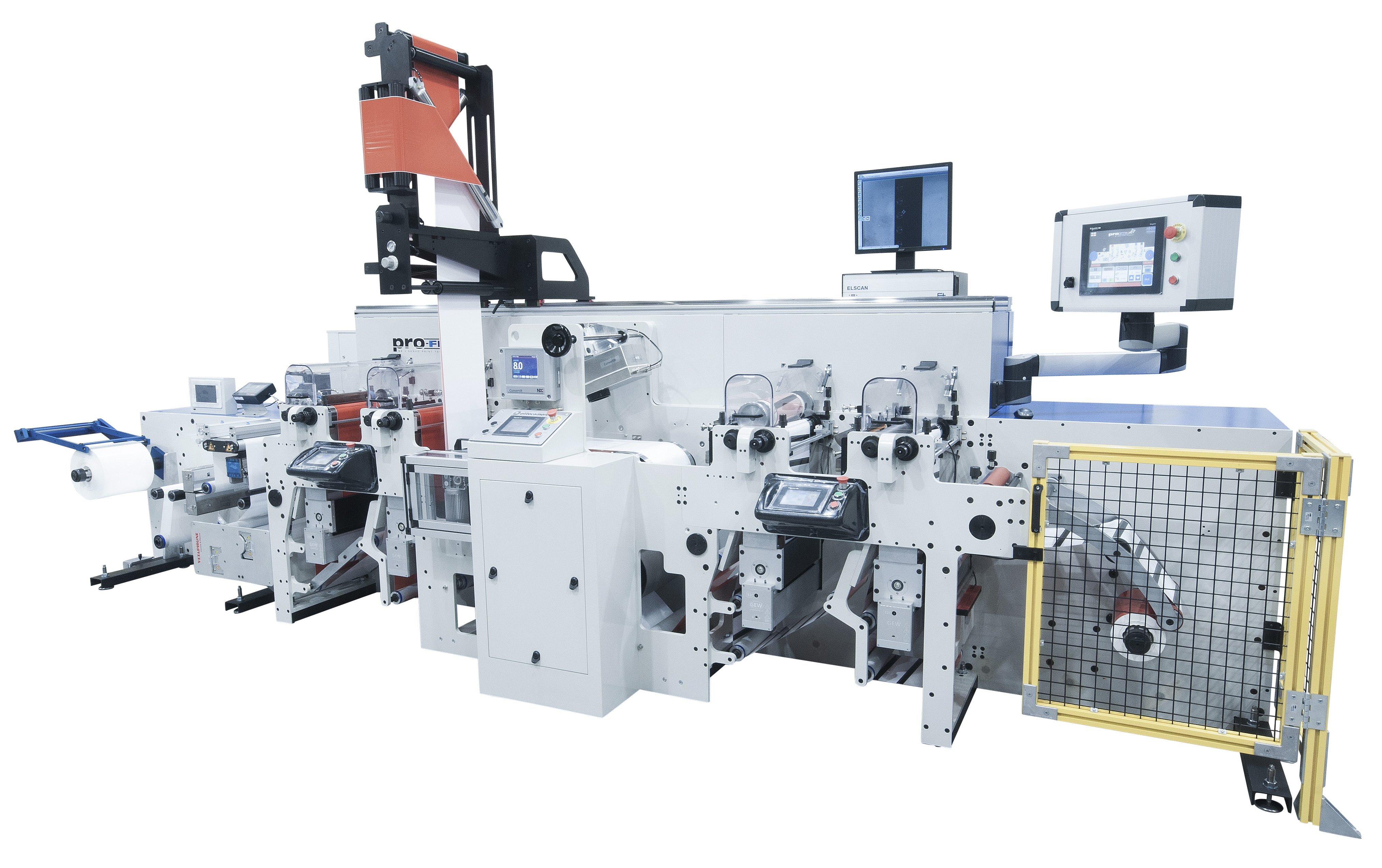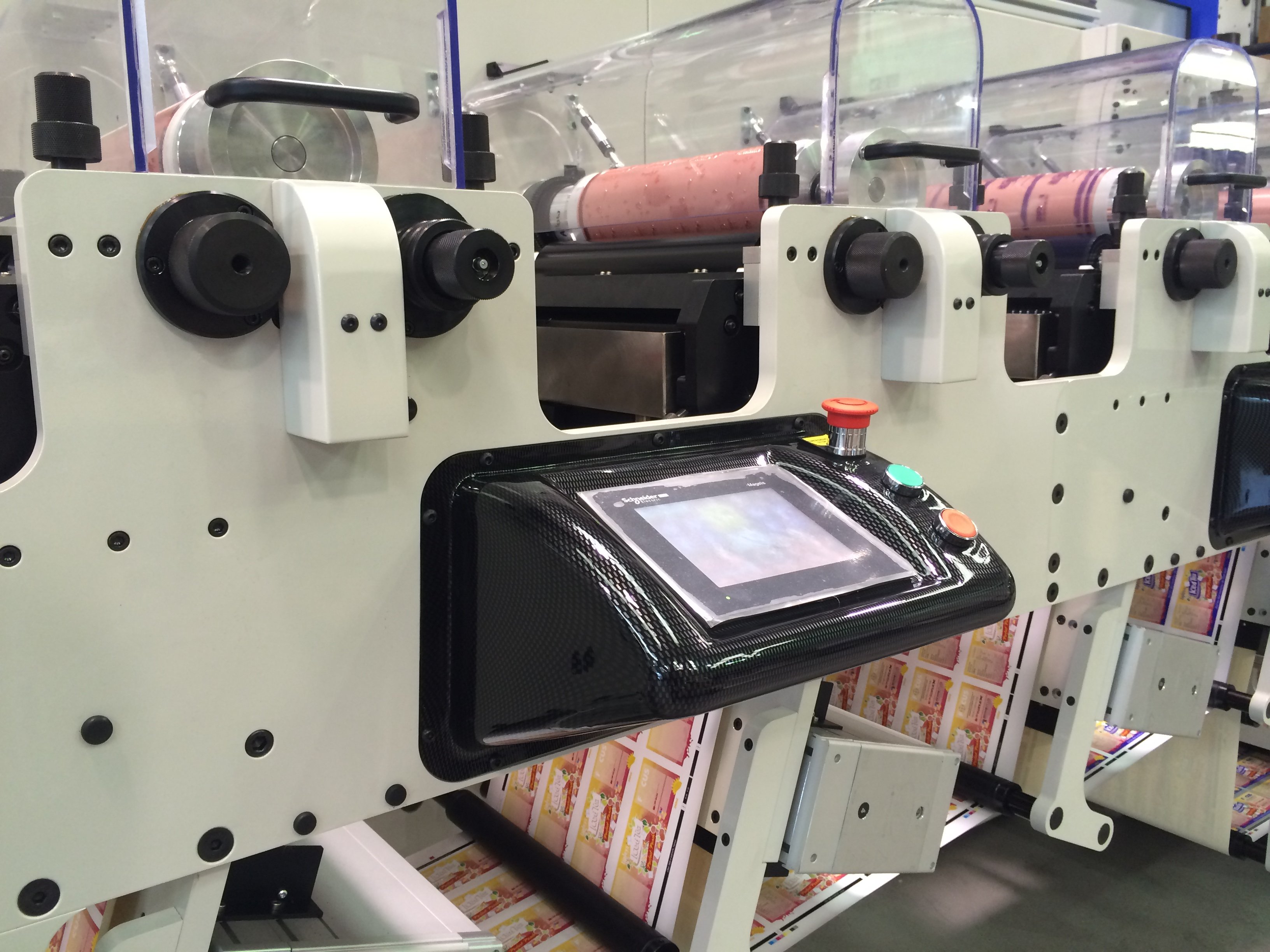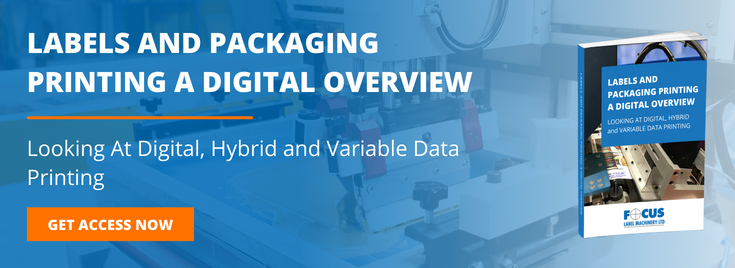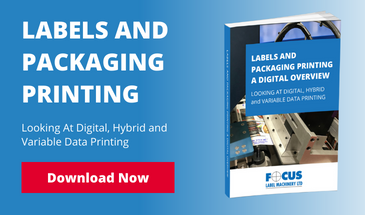
A sketchy record on sustainability can have a real effect on brand image and is often something your
customers and shareholders will judge your business on. On the flip side, a strong commitment to
sustainability can have a positive effect on your business.
By investing in the latest generation of flexographic printing technology, you gain access to a wider
range of substrates and printing strategies, opening your business to a more diverse market.
1) Faster print runs
With customers increasing their demands for quality printing with faster turnaround times,
efficiency is the key to sustainability. Flexographic printing offers flexible, speedy processing that
uses less energy and reduces overall turnaround times without compromising the quality of your
printing.
One of our latest innovations, the dPack & dFlex Hybrid Digital Press is a fantastic aid to printing speed and efficiency. Appropriate for use with a variety of substrates, the dPack press combines elements of digital inkjet and flexographic printing, and is ideally suited to small volume orders, or orders with variations in images or text. This makes it a great choice for personalised labels, and ensures flexographic printing businesses can stay competitive by responding to the latest market demands.
2) Greater consistency
Consistency, is key when it comes to printing. Every label through a print run should look identical in
terms of layout, colour matching, and print quality. While digital printing offers responsiveness, and
the flexibility to undertake short-run orders, flexographic printing provides the reliability and
consistency that businesses need to sustain their brand reputation. How does this tie in with
sustainability? Consistent quality and standards reduce waste, which cuts the average cost of each
finished product, and also lowers the materials bill for each print run.
3) Better environmental and production standards
Regulators are increasingly scrutinising the sustainability of organisations, and expecting companies
to adopt measures that reduce their impact on the environment. Expect this continue in the years
following Brexit, as the UK government strives to demonstrate its green manufacturing credentials.
This is an area that the newest generation of flexographic printing machines can support utilising
lower power Digital modules & LED Drying, compared to more traditional printing methods.
Contemporary flexographic printing uses a hybrid methodology that draws on both digital and
flexographic printing technology. This enables print runs that consume less energy and generate
lower emissions, reducing your companies carbon footprint.
Consumers are also increasingly taking an interest in the sustainability of packaging when they’re
choosing products. Using sustainable materials and printing methods could potentially give your
customer’s product the edge over its competitors, increasing the attractiveness of your printing
business as a sustainable service provider.

Find out more
If you want to find out more about how flexographic printing and Focus Label can help your business
work in a sustainable way, get in touch with us today.







